The Moon Knight trailer is here! Oscar Isaac joins the Marvel Cinematic Universe! He sounds like Dick Van Dyke’s Edwardian chimney sweep!
Eh? No. Let’s roll that back a bit.
Since the release of the first trailer for the new Disney Plus superhero spectacular series, Moon Knight, Disney’s answer to Batman, the internet has had a good long chuckle at Oscar Isaac’s British accent.
He plays Marc Spector, a supernaturally-charged hero with advanced strength, expert combat skills, the occasional vision and links to the moon god Khonshu which clouds his mind and results in a dissociative disorder. And, if you were to believe the baying internet public, he’s got one of the worst British accents an American actor has attempted on screen in recent times.
I don’t think that’s at all fair though. As someone born within the mythically-designated aural zone of the Bow Bells (at least in terms of how they’d have rung out across a quieter London in centuries past ), I am that rarest of things – a lifelong, native Londoner, and gen-u-wine Cockney.
And to my trained ear, Isaac is doing a pretty bloody good job of getting a London accent right. It’s what our ears have gotten used to, and what that accent has come to represent in TV and cinema, that’s the real issue.
Waxing and waning accents
The bigger problem, I think, is to do with the representation of different British accents on our screens, generally. For decades, so called “RP” received pronunciation dominated, with perfect elocution perceived as the best way to represent the greatest of Great Britains in all its pomp. That in itself soon fell into caricature, and so the wider range of British accents begin to turn up, further accentuating class differences and often using regional accents for comic effect. You’ve got the lary Cockney Artful Dodger in Oliver Twist, as most famously played by Jack Wild. The “ stage Irish ”. A generation of kids brought up on Scrooge McDuck as their first introduction to a Scots accent. These stereotypes span decades – it’s no wonder Dick Van Dyke’s infamous Mary Poppins turn so readily fit the mould.
Times have changed, representation has improved, but there’s a different issue now at play. The British accent of favoured export is now middle or northern English – the earthy, humble heroes of Game of Thrones’ Stark family (it’s not lost on me that Kit Harrington is a Londoner, by the way), the graft of Vicky McClure and Stephen Graham in The Line of Duty.
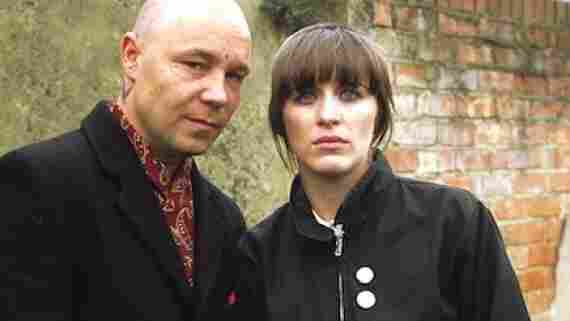
At some point in recent times, perhaps thanks to the excellent work of director Shane Meadows, Northern accents have become a staple of our TV viewing – representative of the hard-working everyman.
But London accents, outside of Westminster, remain something of a caricature on our screens – the ongoing Eastenders sagas, the soap-opera docu-drama of The Only Way is Essex.
As such, as soon as we hear an accent that’s not RP, not comfortingly middle-England, not Westminster, we’re ready to dismiss it as a joke and write it off as Dick Van Dyke Mark II.
Knees up mother Moon Knight
But I know people that sound like Oscar Isaac’s Moon Knight. The East Londoner’s diaspora along the Thames Estuary has led to a more diverse collection of accents than we usually see on TV, and to my ear Isaac’s character could quite easily be found riding a C2C train between London’s Limehouse and the more suburban Essex areas. But because we haven’t had a Cockney wear a cape and cowl before, the instinct is to jump on it reflexively as a joke.
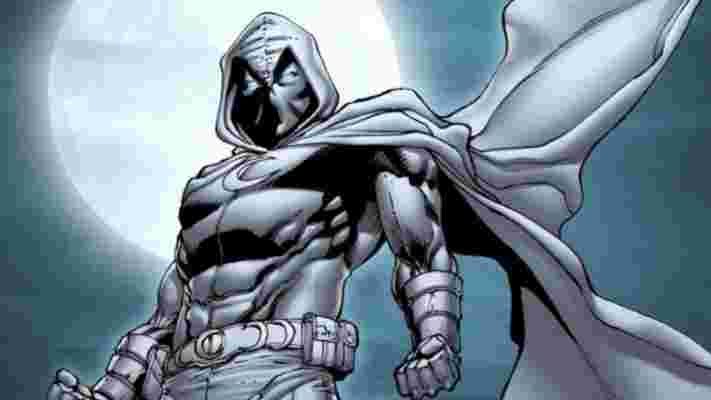
The complication here is that, as any Moon Knight fan knows – and, be warned, there are light spoilers coming – the character proves to be American, with a disorder that sees him assume other, different personalities. It’s a get out of jail card for Oscar Isaac – any fluctuation in accent accuracy can be written off as a character wrestling with two sides of their identity and, as far as the trailer goes, one that seems to be dealing with a severe amount of hallucinatory distress. But even so, that Londoner side sounds pretty good to me.
So Oscar, if you’re reading and ever fancy a pint in a proper London boozer with me, give me a shout – you’ll fit right in.
Days Gone 2 would have fixed the first game's water problem
Game director Jeff Ross has spoken about his ideas for the cancelled Days Gone sequel. One of them would have been the addition of a swimming mechanic to address one of the first game's key problems.
In a new interview on For The Win , Ross admits that the lack of swimming in Days Gone was "the worst," explaining that its omission was due to an engineering restraint. To justify it in game, a narrative reason was given to explain why protagonist Deacon St. John doesn't swim.
"This character can swim but refuses to, and later makes the decision to do it," says Ross. "There’s a screenwriting principle behind all that. But from a gameplay point of view, I hated it. I’m like, ‘Alright, we’ll figure this out later.’ By the time we circled back around we were probably in the final year when the user testing was coming back, and people were complaining about the water."
In Days Gone, Deacon can only be in water for so long before he drowns. Ross believed surface swimming should've been added to give players a chance, especially since telemetry data revealed drowning as the most common cause of death.
"We spent probably five days in meetings with ten people from different departments, and you’re asking questions like, ‘What is that going to mean for this? What is it gonna mean for that?" he explains.
"But we really just have to try it. So we spent more time in meetings arguing about this and I finally said, ‘Look, we need four hours of this guy’s time. He has been in these meetings for eight hours. What are we doing?’"
The sequel that will never be

Had Ross been able to make the sequel, he would've created what he calls the "definitive version" of Days Gone. In the interview, he talks about continuing the game's narrative and exploring the dynamic between Deacon and his wife Sarah. He also wanted to give allies and enemies more varied behaviours, like allowing bears to be able to rummage through trash cans.
The lack of a Days Gone sequel has been one of, if not the biggest talking point surrounding the game. Word of Sony rejecting the idea prompted fans to put together a petition demanding Sony give it another chance. At the time of writing, more than 140,000 people have signed it, but Sony has yet to even acknowledge it.
Ross recently made headlines for his comments about Days Gone selling just as well as Ghost of Tsushima yet Sony seemed to consider the former a failure while celebrating the latter.
Studio Sony Bend is currently working on a new project but, according to PlayStation boss Herman Hulst , it's a new IP unrelated to Days Gone.
iPhone 13 vs iPhone SE (2020): which is the right smartphone choice for you?
The iPhone 13 is Apple’s current flagship choice, offering a potent mixture of performance and features at a price that still falls well below those of the Pro and Ultra models.
However, Apple’s current budget pick remains the iPhone SE (2020) . There’s no cheaper Apple-branded smartphone currently being offered brand new.
There are no prizes for guessing which is the better phone here, but which phone provides the better value? How big are the margins? We’ve spent lots of time with both of these phones, so here are our in-depth findings.
iPhone 13 vs iPhone SE (2020): price and availability
The iPhone 13 arrived on September 24, 2021, with a base 128GB model that costs $799 / £799 / AU$1,349. Upping the storage to 256GB costs $899 / £879 / AU$1,519, while $1099 / £1079 / AU$1,869 will get you the top 512GB model.
The 64GB iPhone SE (2020) landed in shops on April 24, 2020. Prices started from $399 / £419 / AU$749 for 64GB of storage, before moving up to $449 / £469 / AU$829 for 128GB and $549 / £569 / AU$999 for 256GB.
You can still buy the iPhone SE (2020) as new from Apple, with the only change being a slightly reduced £399 / £449 / £549 price tag here in the UK.
It’s an early win for the iPhone SE (2020), with the 128GB model costing $350 / £350 less than the equivalent iPhone 13.
iPhone 13 vs iPhone SE (2020): design
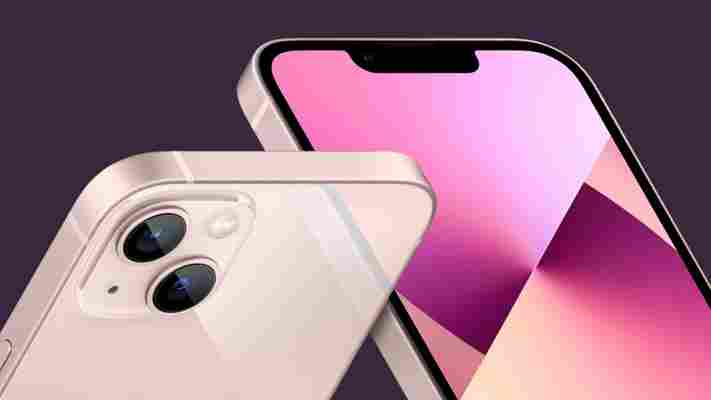
These two devices might be offered side by side in Apple’s current smartphone range, but their design DNA could scarcely be more different.
The iPhone 13 is built in the image of the iPhone 12 , which represented an end to Apple’s obsession with curves. These phones are a return to the flat surfaces and sharp corners of the iPhone 4 era, but with a modern twist.
By contrast, the iPhone SE (2020) is the doppelgänger of the iPhone 8 , which itself comes from the iPhone 6 school of design. It’s all curved edges, with melt-away 2.5D cover glass.
The older phone is the smaller of the two by quite some margin. The iPhone 13 measures 146.7 x 71.5 x 7.65mm to the iPhone SE (2020)’s 138.4 x 67.3 x 7.3mm, and weighs 175g versus 148g. Together with that rounded body, this means that the iPhone SE (2020) is much easier to hold and use in one hand than the iPhone 13.
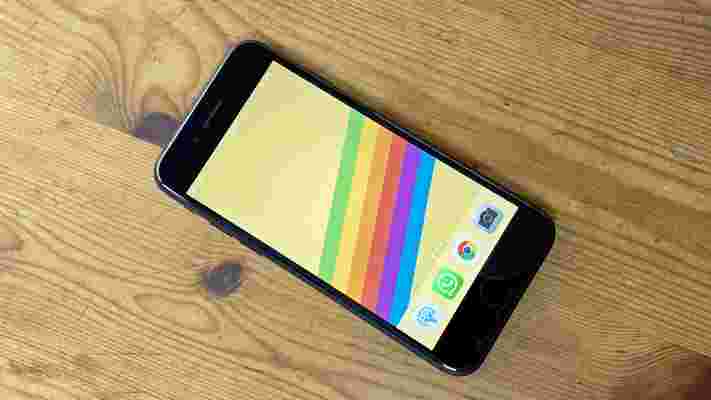
Another key design difference relates to the choice of biometric authentication systems. The iPhone 13 adopts the post- iPhone X display notch, which houses Apple’s Face ID sensors. The iPhone SE, on the other hand, packs a Touch ID sensor right below the display.
Besides what this means for access (a glance vs a touch), this fundamentally affects the designs of both phones. The removal of the Touch ID sensor enabled Apple to push its displays out to the edges, removing the huge forehead and chin that’s readily apparent in the iPhone SE.
Another win for the iPhone 13 comes from an IP68 rating, whereas the iPhone SE (2020) has to make do with a lesser IP67 rating. It won’t stand up to full water immersion quite as well.
iPhone 13 vs iPhone SE: display
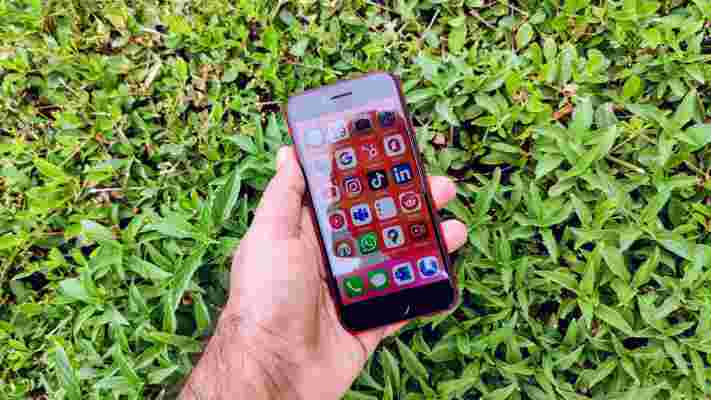
The main reason the iPhone 13 is physically larger than the iPhone SE (2020), of course, is because it has a much bigger 6.1-inch display. At 4.7-inches, the iPhone SE (2020) screen is rather tiddly by modern standards.
Really, the iPhone 13 screen is on a different level in almost every way. It’s an OLED panel rather than the SE’s IPS LCD, which means it’s far more vibrant and color-accurate.
The iPhone 13 screen is also much sharper at 2532 x 1170 compared to the iPhone SE’s 1334 x 750. Even with that extra real estate, this equates to a far superior pixel density of 460 ppi to the iPhone SE’s 326 ppi.
One way in which the two displays are a match is with their 60Hz refresh rates. This is way less forgivable in the iPhone 13 with its newer design. Virtually every 2021 Android phone launched at this price – and even significantly cheaper – sports a higher refresh rate display.
While the iPhone 13’s notch enables a widescreen aspect ratio, the trade-off is that the notch eats into the usable space. By contrast, the iPhone SE’s notchless display grants you a full, unimpeded view.
That aside, the iPhone 13 screen is by far the better canvas for virtually every type of content. It’s not even close, and it’s the area that arguably dates the iPhone SE (2020) the most.
iPhone 13 vs iPhone SE: cameras
There’s nothing that differentiates a flagship phone from an affordable one like the camera system. The iPhone 13 takes much, much better shots than the iPhone SE (2020) in all conditions.
While both phones pack 12MP wide sensors, the iPhone 13’s is much larger and more advanced. It captures 47% more light than the iPhone 12 before it, which in turn lets in way more light than the iPhone SE (2020).
The iPhone 13 also features a much wider f/1.6 aperture compared to the iPhone SE’s f/1.8 equivalent. Again, it simply scoops up more light.
Beyond that, the iPhone 13 has brought in the sensor shift stabilization system from the iPhone 12 Pro Max , which keeps shots much steadier. The iPhone SE has OIS, but it’s not in the same league.
Combine this with the fact that the iPhone SE (2020) lacks a dedicated Night mode, and you’ll understand why the iPhone 13 has such a massive advantage in low light conditions.
The newer phone also has a massive advantage in that it has a secondary 12MP 120-degree ultra-wide sensor. The iPhone SE only has the one sensor, so it’s incapable of capturing super-wide landscape shots.
Neither phone has a dedicated telephoto lens, but the iPhone 13’s greater clarity and steadiness mean that its cropped 2x shots are superior. But we wouldn’t choose either phone if you like to zoom in from a distance.
In addition to a massive sensor advantage, the iPhone 13 also gains several image processing tricks, which are enabled by its superior A15 Bionic chip (the SE is two generations behind with its A13 Bionic). At a fundamental level, a superior Smart HDR implementation enables richer colors and improved dynamic range.
Elsewhere, Photographic Styles enable you to fundamentally adjust the warmth and tone of your shots, while ‘Cinematic mode’ applies a rack focusing effect to your videos.
iPhone 13 vs iPhone SE: specs and performance
As we’ve already mentioned, the iPhone 13’s A15 Bionic SoC is two generations ahead of the iPhone SE’s A13 Bionic.
Added to that is the fact that the iPhone 13 packs 4GB of RAM to the iPhone SE’s 3GB. The result of this hardware disparity, unsurprisingly, is a fairly sizable performance advantage for the newer phone.
In our own CPU-focused Geekbench 5 multi-core test, the iPhone 13 scored an average of 4688, while the iPhone SE 2020 scores an average of 2992. That’s a difference of more than 60%.
Not that the iPhone SE (2020) feels slow in general usage. That Geekbench score remains competitive with some high-end Android phones, and Apple’s legacy support for aging hardware is the best in the business.
What this performance advantage means (aside from superior frame rates in particularly demanding games) is extra headroom. The iPhone 13 will still feel fast in a couple of years’ time, whereas the iPhone SE will be showing its age by the same point.
In terms of storage, the iPhone 13 finally drops the 64GB entry model for a far more appropriate 128GB. Besides this you can specify 256GB or 512GB.
The iPhone SE still gives you that 64GB starting point, alongside 128GB and 256GB options. It’s another clear win for the iPhone 13.
One final but potentially significant win for the iPhone 13 on the spec front is 5G connectivity. Being able to get the absolute fastest mobile connection speeds available today is a considerable advantage, and it’s only going to get more meaningful as the 5G network expands.
iPhone 13 vs iPhone SE: battery
Apple has fitted the iPhone 13 out with a 3240mAh battery, which is large for an Apple smartphone. The iPhone SE (2020), which is quite typical of the way Apple built its phone for many years, only has a 1821mAh cell.
While Apple is the best around at optimizing its hardware’s energy efficiency, the iPhone SE (2020) doesn’t stand up too well to more intensive usage. We struggle to get through a full day of anything other than light usage.
The iPhone 13, by contrast, is a true all-day phone, capable of getting to bed time with power to spare. Our reviewer tended to be left with 20% at the end of an intensive day of usage.
Neither phone sets any records when it comes to recharging speeds. The iPhone 13 supports 20W wired charging, while the iPhone SE (2020) supports 18W. Neither comes with a charging brick in the box.
Both phones support Qi wireless charging, which is particularly welcome – and surprisingly rare – in the iPhone SE’s price category.
Takeaway
Most people shopping for a new iPhone will be best served by the iPhone 13. It’s better than the iPhone SE (2020) in all of the ways that count, with much faster performance, a much bigger and better screen, a significantly superior camera, and way better battery life.
The iPhone SE (2020)’s only real advantage is its much lower cost. With a $350 / £350 disparity between equivalent storage options, it’s the ideal pick for those who want some of that iOS magic at the cheapest price possible.
Even then, it’s worth factoring in the fact that the iPhone 13 is going to stay relevant for longer, with the kind of performance headroom that will ensure smooth running for years to come. Its design is likely to stick around (with relatively minor modifications) for the foreseeable future, too.
If you can afford it, the iPhone 13 is clearly the better bet here. But the iPhone SE (2020) remains a valid pick for those on a budget.
You might also want to check out the iPhone 12 Pro vs iPhone 11 Pro or iPhone 12 Pro vs iPhone 12 Pro Max comparison.